For beginners, just learn these 6 tips
Flower arrangement, an art that originated from offering flowers to Buddha, requires not only the harmony and beauty of the flowers, but also emphasizes the overall proportion and layout. For beginners, mastering the following six basic techniques will allow you to easily create flower arrangements that are both layered and beautiful.
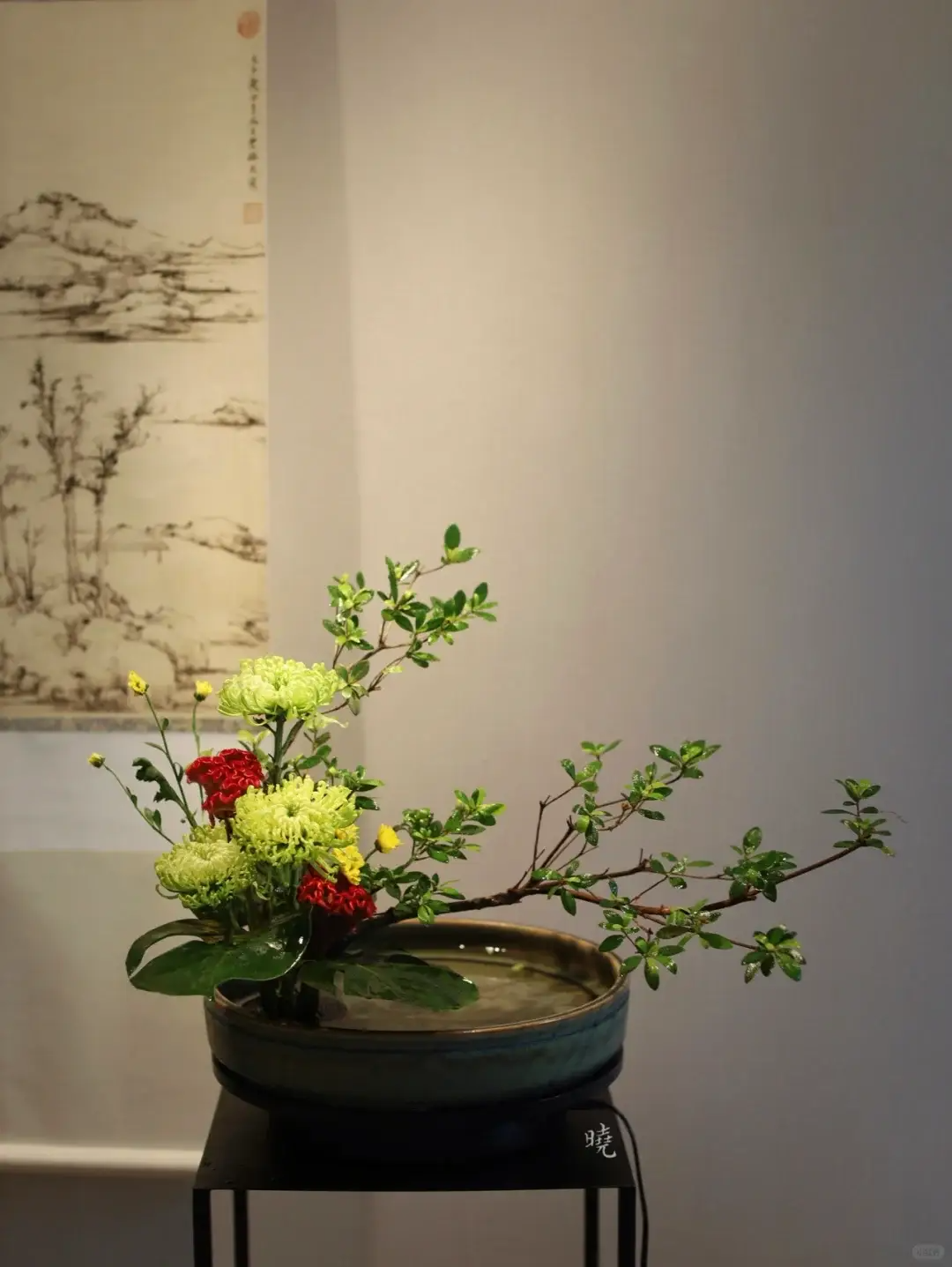
01
High and low staggered, creating a three-dimensional beauty
When arranging flowers, avoid placing all the flowers on the same horizontal line. Instead, try to arrange them in a well-proportioned manner at three levels: high, medium, and low. By combining branches of different lengths to form an undulating shape, you can increase the sense of space and three-dimensionality of the work. In this way, your flower arrangement will no longer appear monotonous and flat, but full of vivid changes in levels.
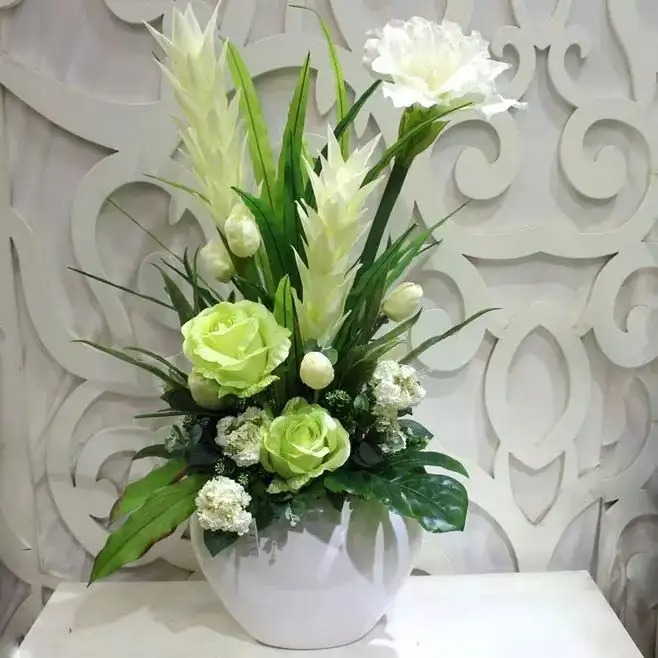
02
The ups and downs echo each other, showing overall harmony
When arranging flowers, pay attention to the echoing relationship between the branches. Whether it is up and down or left and right, the branches should be arranged around a central point to form an effect of looking back and forth and echoing. In this way, your flower arrangement will present a sense of integrity and balance, which is pleasing to the eye.
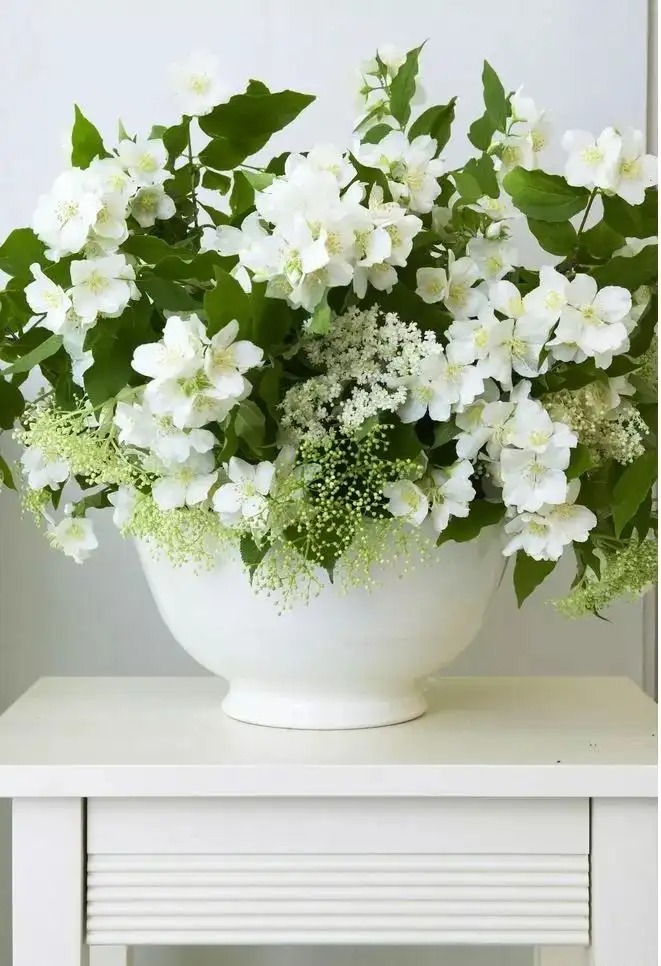
03
Light on top and heavy on the bottom, creating a sense of stability
When choosing and arranging flowers, you should follow the principle of "light on top and heavy on the bottom". Specifically, arrange flowers with light texture and elegant colors on the top, and flowers with heavy texture and rich colors on the bottom. In this way, your flower arrangement will present a stable visual effect, giving people a sense of natural and harmonious beauty.
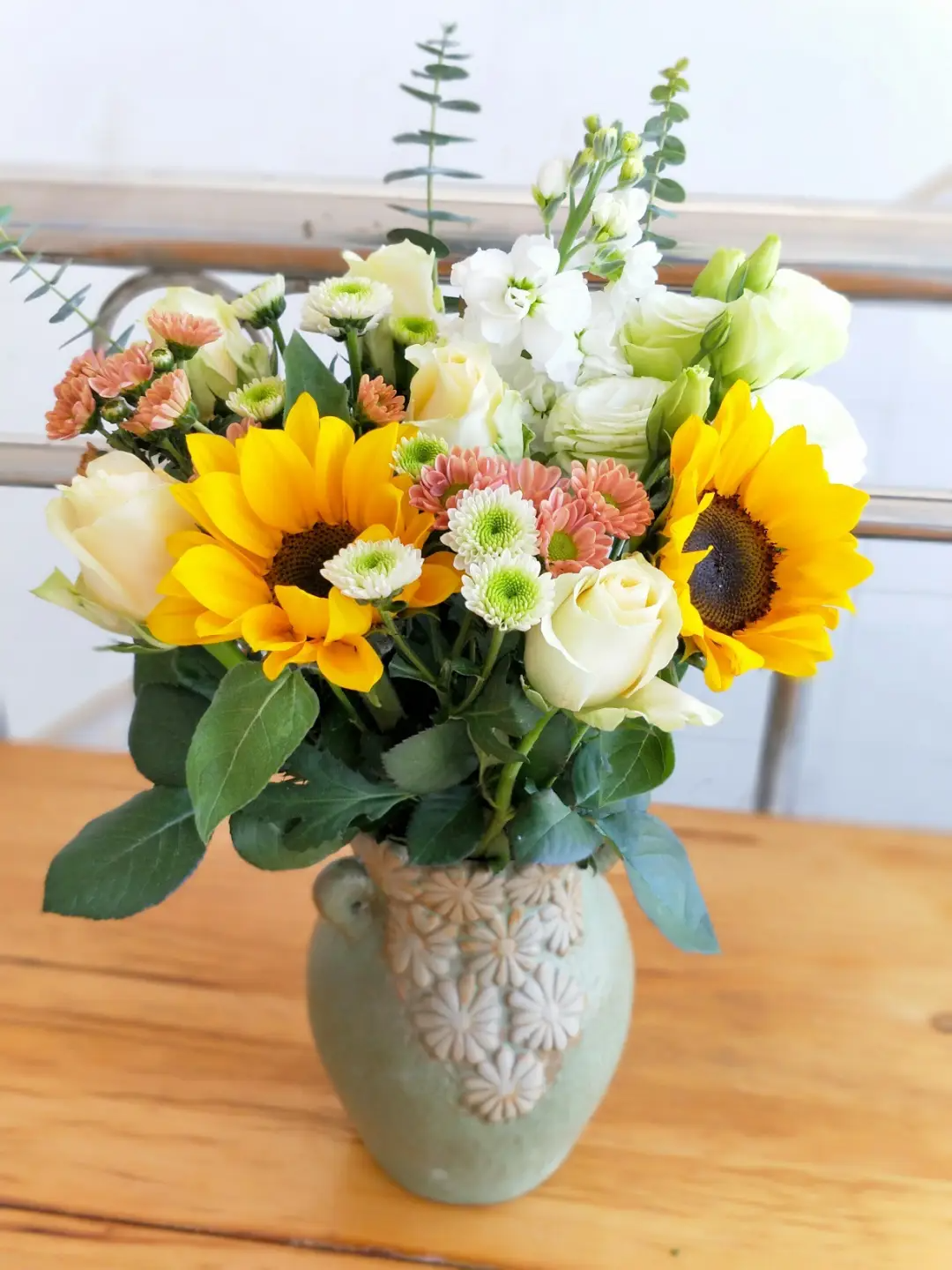
04
Adequate density to avoid crowding and emptiness
When arranging flowers, pay attention to the density of the flowers. At the center of gravity, you can increase the density of the flowers to highlight the theme; and in the part away from the center of gravity, you can reduce the number of flowers to avoid crowding and emptiness. Through clever density layout, your flower arrangement will appear more vivid and interesting.
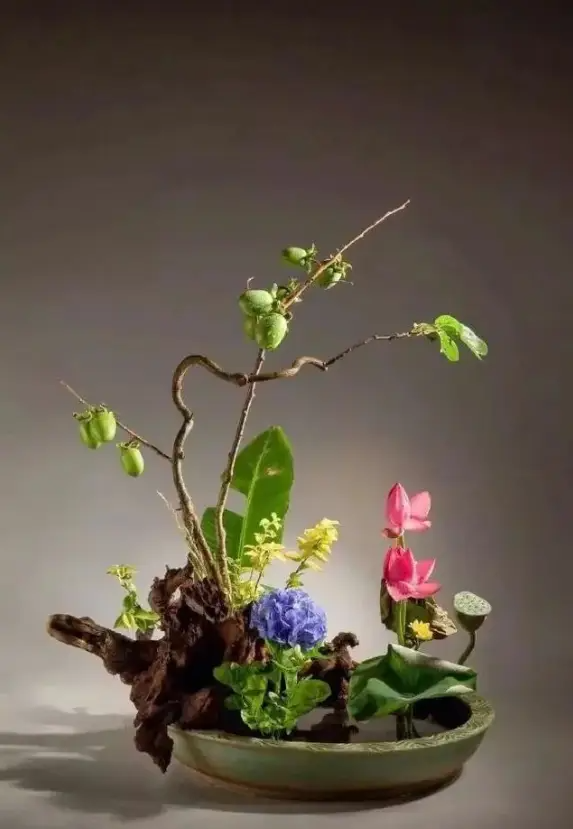
05
Combining virtuality and reality to increase the sense of space
In flower arrangement, the combination of reality and illusion is a very important technique. By skillfully combining substantial flowers with the empty space, a sense of space and depth can be created. Specifically, leaves, branches and other elements can be used to highlight the beauty of flowers; at the same time, some blank areas can be appropriately left to stimulate the audience's imagination and thinking.
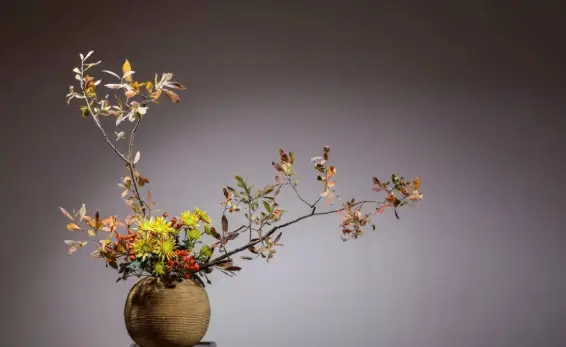
06
Disperse above and gather below, maintain individuality and unity
When arranging flowers, pay attention to the combination of scattering the flowers at the top and gathering them at the bottom. In the top of the bouquet, you can let different kinds of flowers and leaves spread out appropriately to show their individuality and characteristics; while in the bottom of the bouquet, all the branches should be gathered together to form a stable base. In this way, your flower arrangement will have both a changeable personality and overall unity.
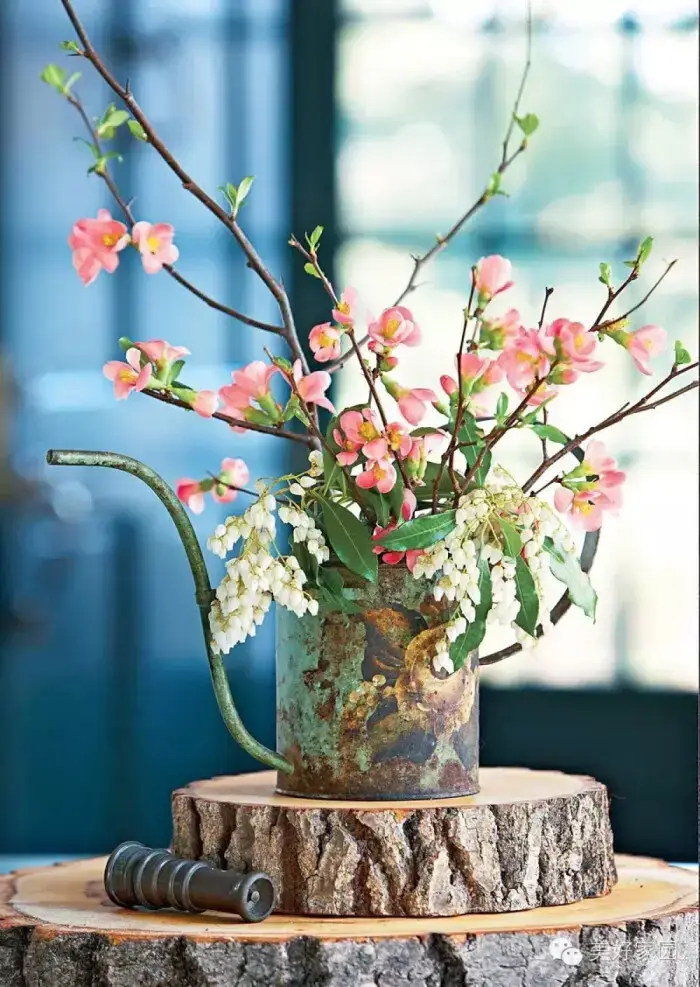
In short, mastering these flower arranging techniques is very important for beginners. They can help you better understand and apply the basic principles and methods of flower arranging art, so as to create more beautiful and vivid flower arranging works, adding a different color and interest to life.

(The picture comes from the Internet, please delete if it infringes. If you like it, please follow **, thank you)

If you like our content